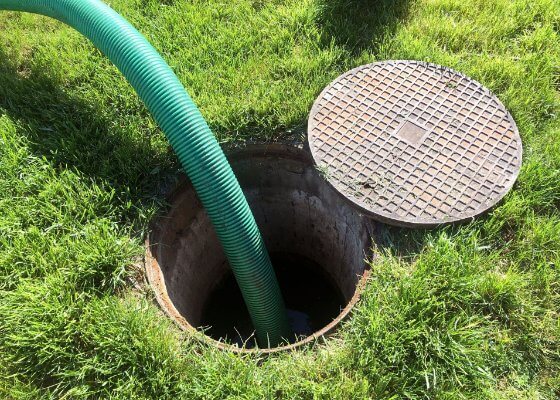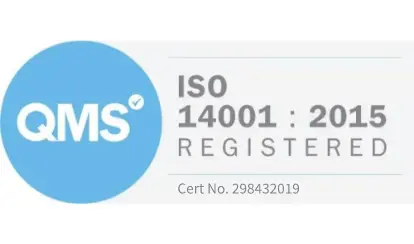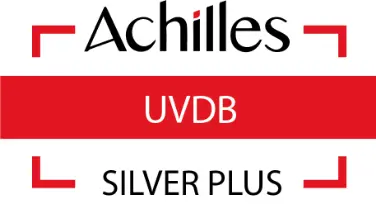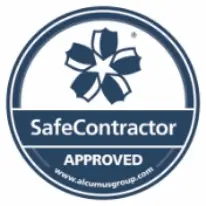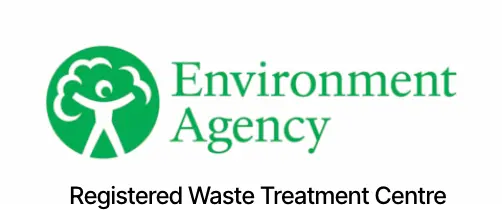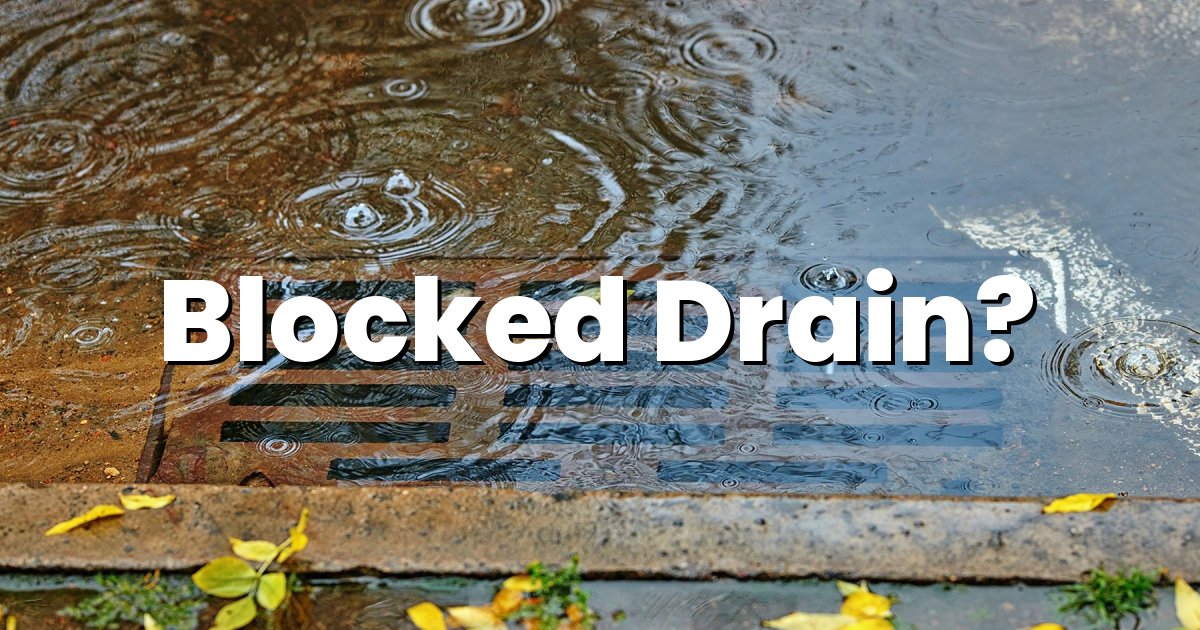
At Andersons, the drainage experts in Bristol, we understand that drainage issues can significantly disrupt commercial operations. From unpleasant odours to operational shutdowns, drain problems can quickly escalate if left unresolved.
Below, we outline the 7 most common commercial drainage problems, how to identify them, and what steps should be taken to resolve each issue.
1. Blocked Drains – How Do I Know If My Drains Are Blocked?
Blocked drains are one of the most frequent problems faced by commercial properties and we’ve seen plenty of blocked drains in Bristol. Common signs include slow drainage, gurgling noises, and unpleasant odours emanating from sinks or toilets. In severe cases, water may back up through sinks, floor drains, or toilets.
Cause: Commercial kitchens and other businesses often experience drain blockages due to the build-up of fats, oils, and grease (FOG), food waste, and foreign objects in the pipes. Other causes include the accumulation of sanitary products, wipes, or even general debris such as leaves.
Solution: Depending on the severity of the drain blockage, high-pressure water jetting or drain rodding may be required to clear the obstruction. In some cases, CCTV drain surveys may be needed to accurately locate the blockage and ensure that it’s fully cleared.
2. What Should I Do If I Notice Water Pooling Around the Property?
Water pooling around external drains or within the premises can indicate a drainage issue, particularly if this occurs after heavy rainfall. This is a sign that there may be an issue with the drain's ability to handle the flow of water, possibly due to a blockage, collapsed drain, or structural damage.
Cause: External drains can become blocked by debris, leaves, or silt. Alternatively, the system may have collapsed, causing water to pool instead of draining away properly. Tree roots can also penetrate drainage systems, causing cracks and blockages.
Solution: The first step is to clear any visible obstructions. If the issue persists, a CCTV inspection can help identify any damage within the pipes. In some cases, drain relining may be necessary to repair cracked or damaged pipes without the need for excavation. For more severe damage, excavation and pipe replacement may be required.
Residential Drainage & Sewage Problems: If you are experiencing sewage or waste water problems outside your property boundary, contact Bristol Water.
3. Why Do My Drains Smell Unpleasant?
Unpleasant odours are often the first indication of a drainage issue in commercial properties. These smells can be disruptive, especially in food service environments such as local restaurants in Bristol, and can even result in health and safety concerns if not promptly addressed.
Cause: Bad smells are typically caused by decomposing organic matter, stagnant water, or blockages within the pipework. In some cases, faulty drain traps or poor ventilation can also lead to foul odours.
Solution: Thorough cleaning of the drainage system is usually required to remove any built-up organic waste causing the smell. Regular maintenance and clearing of FOG in commercial kitchens are key preventative measures. Ensuring proper ventilation and checking that drain traps are functioning correctly can help resolve ongoing odour issues.
4. What Should I Do If My Drains Are Overflowing?
Overflowing drains are a serious issue that can lead to property damage and hygiene risks. You may notice water overflowing from external manholes or internal drains during periods of heavy use, or even at random intervals.
Cause: Overflowing drains are often caused by blockages or limited capacity in the drainage system. Commercial properties that regularly dispose of large volumes of water or waste may overwhelm the drainage capacity. Structural defects or collapsed pipes can also lead to overflow issues.
Solution: The first step is to clear any blockages causing the overflow. If this doesn’t resolve the issue, it may be necessary to evaluate the drainage system's capacity and consider upgrades or repairs. A CCTV survey can identify whether there are any structural issues that require attention.
5. How Do I Identify and Fix Slow Drainage?
Slow drainage is a warning sign that something is obstructing the flow of water in your pipes. You may notice sinks, showers, or toilets draining more slowly than usual, which can disrupt operations, particularly in customer-facing environments.
Cause: Slow drainage is often caused by the gradual build-up of grease, hair, food particles, or other debris within the pipes. In some cases, it can be a precursor to a full blockage or signal a structural issue in the drainage system.
Solution: In many cases, slow drainage can be rectified by professional drain cleaning services, such as high-pressure water jetting. Regular maintenance can help prevent future occurrences. If the problem is due to a structural defect, further investigation through CCTV surveys and potential pipe relining or replacement may be necessary.
6. What Causes Repeated Blockages in My Drainage System?
If your commercial drains experience repeated blockages, there is likely an underlying issue beyond simple blockages. This can be particularly frustrating and costly if the problem continually disrupts your business operations.
Cause: Repeated blockages can be caused by several factors, including damaged or misaligned pipes, tree root intrusion, or improper waste disposal practices by staff or customers. In some cases, the drainage system may simply be too old or not designed to handle the current load.
Solution: It’s essential to conduct a thorough investigation, including a CCTV drain survey, to identify the root cause of recurring blockages. Depending on the findings, solutions may involve repairing damaged pipes, improving waste management practices, or upgrading the drainage system to meet current needs.
7. How Can I Spot Structural Damage to My Drains?
Structural damage to drains is less obvious but can result in severe drainage problems if not addressed. Signs of structural damage include repeated blockages, water leaks, sinkholes forming outside the property, or foul smells.
Cause: Structural damage can be caused by ground movement, tree roots, or gradual wear and tear over time. Old or poorly installed drainage systems are particularly vulnerable to this kind of damage.
Solution: The first step in addressing structural damage is to identify the exact location and extent of the damage using CCTV inspections. Depending on the findings, drain relining may offer a non-invasive solution. In more severe cases, excavation and pipe replacement may be required.
Commercial Drainage Contractors in Bristol
If you encounter any of the problems mentioned above, it’s essential to act promptly. Delaying repairs or ignoring drainage issues can result in more significant disruptions and costly repairs down the line.
Here’s what you should do:
- Contact Andersons Waste Management straight away to assess the situation at your closest office:
- Bristol: 0117 9628 262
- Swindon: 01793 299 499
- Weston Super-Mare: 01934 419 599
- South Gloucestershire: 01454 222 888
- Avoid using the affected drains until the issue has been properly diagnosed and resolved.
- Keep a record of any signs or symptoms, such as unusual odours, slow drainage, or water pooling, to provide helpful information to the drainage experts.
At Andersons Waste Management in Bristol, we offer comprehensive drainage services, including CCTV surveys, high-pressure water jetting, and drain repairs. We understand the unique challenges that commercial properties face and are here to provide swift, effective solutions to ensure your business continues to run smoothly.

